Nocturnes can be attributed sovereignty to the most original and strong works of Whistler. Most of them, including “Nocturne in Blue and Silver: The Wharf in Battersea” – was created
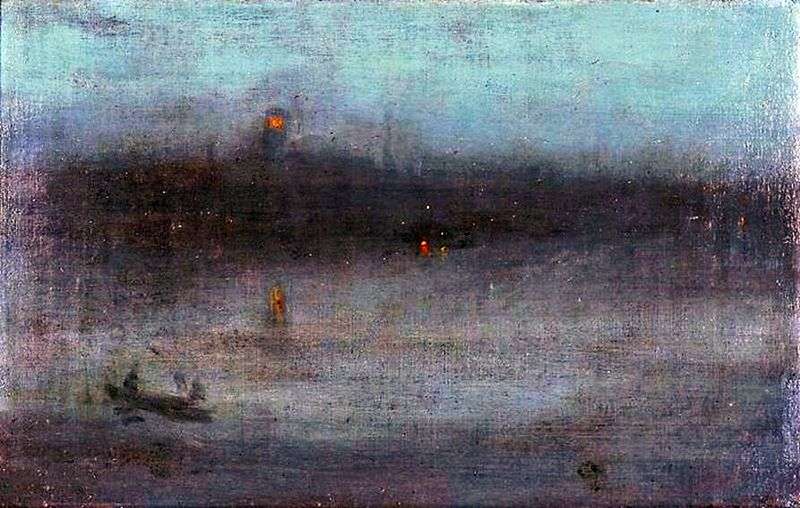

Nocturnes can be attributed sovereignty to the most original and strong works of Whistler. Most of them, including “Nocturne in Blue and Silver: The Wharf in Battersea” – was created
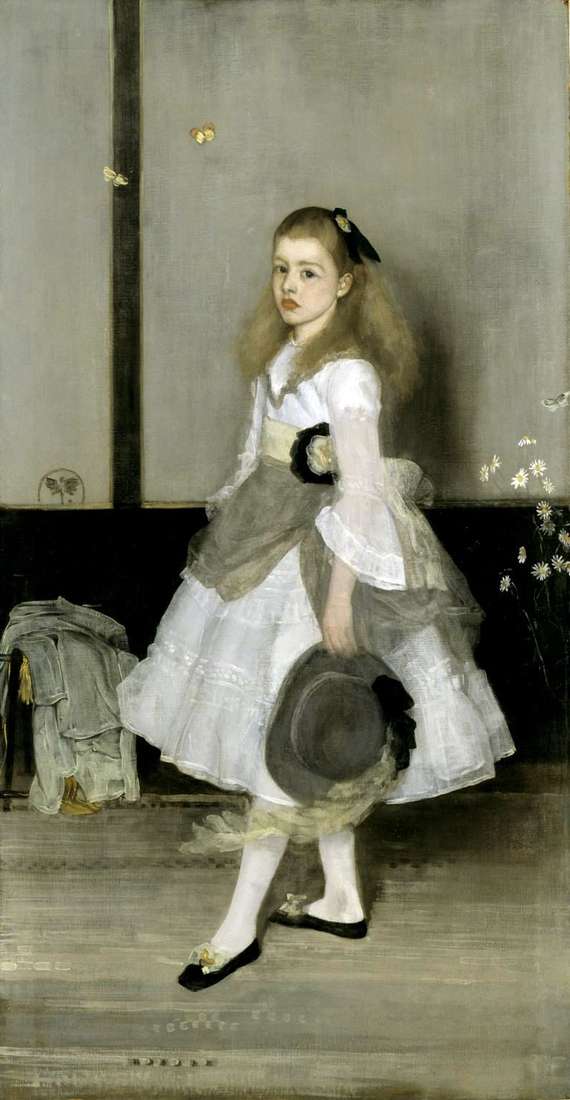
Cecily Alexander was the daughter of a well-known banker. Later, the model recalled the work on the portrait: “It seemed to me that I fell into the hands of a
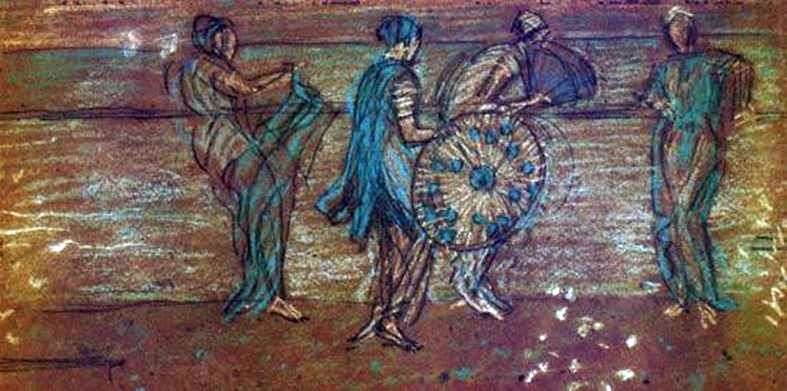
Like many of his contemporaries, Whistler showed great interest in Japanese culture. It became a real revelation for the then public, causing a lot of imitations and interpretations. The first
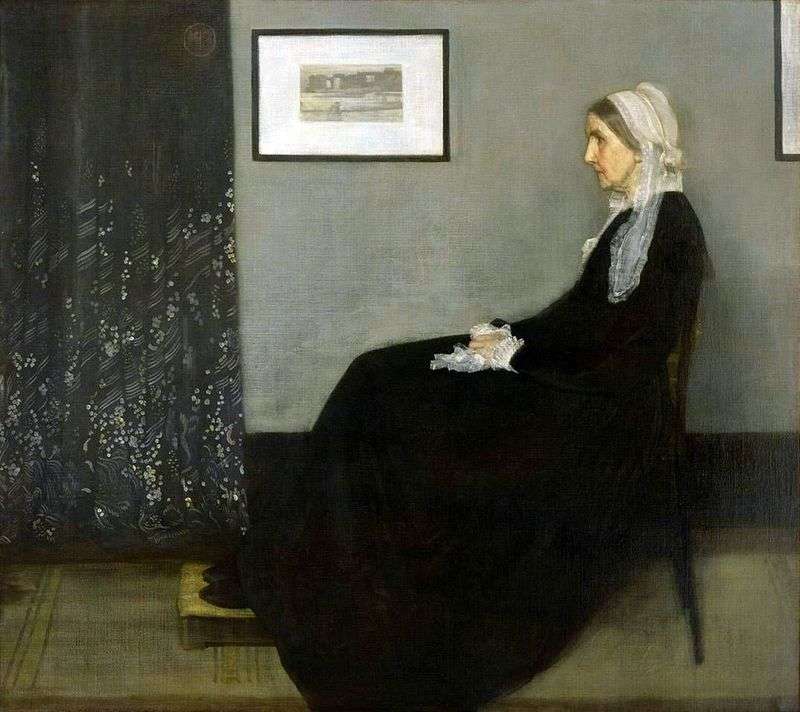
An American from Paris, who received his first skills in fine arts in Russia, and for the most part lived in England, is all James Whistler. The founder of the
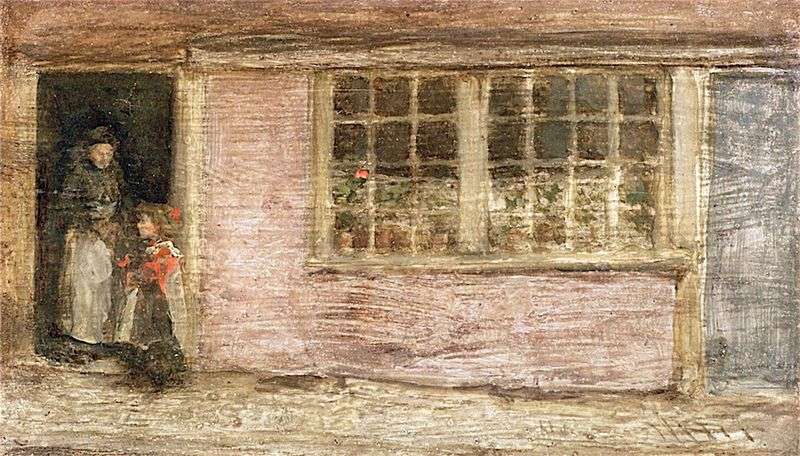
Whistler believed that a true artist is able to turn into a work of art any, the most common everyday scene. He also spoke about this in his “Ten Hour
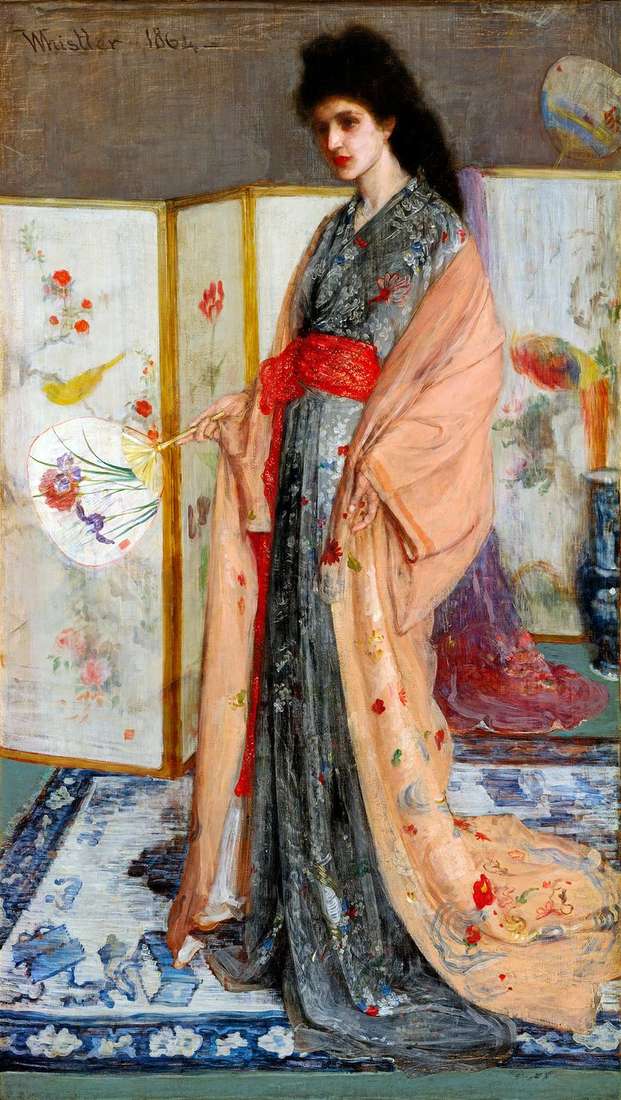
In the second half of the XIX century, Europe discovered the Japanese culture. The art of the East becomes fashionable, raises enthusiasm and evokes enthusiasm. In Paris and London, there
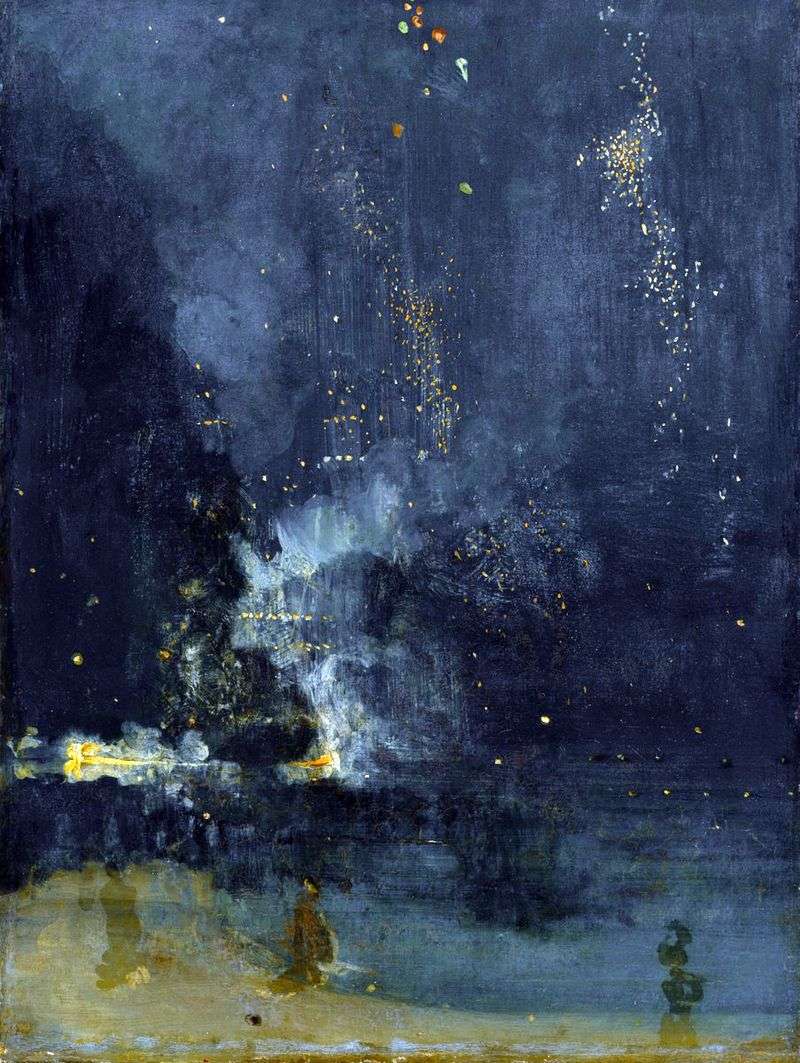
This picture was shown at an exhibition in 1877 dedicated to the opening of the Grosvenor Gallery, and caused sharp attacks from the famous critic and art theorist John Ruskin.
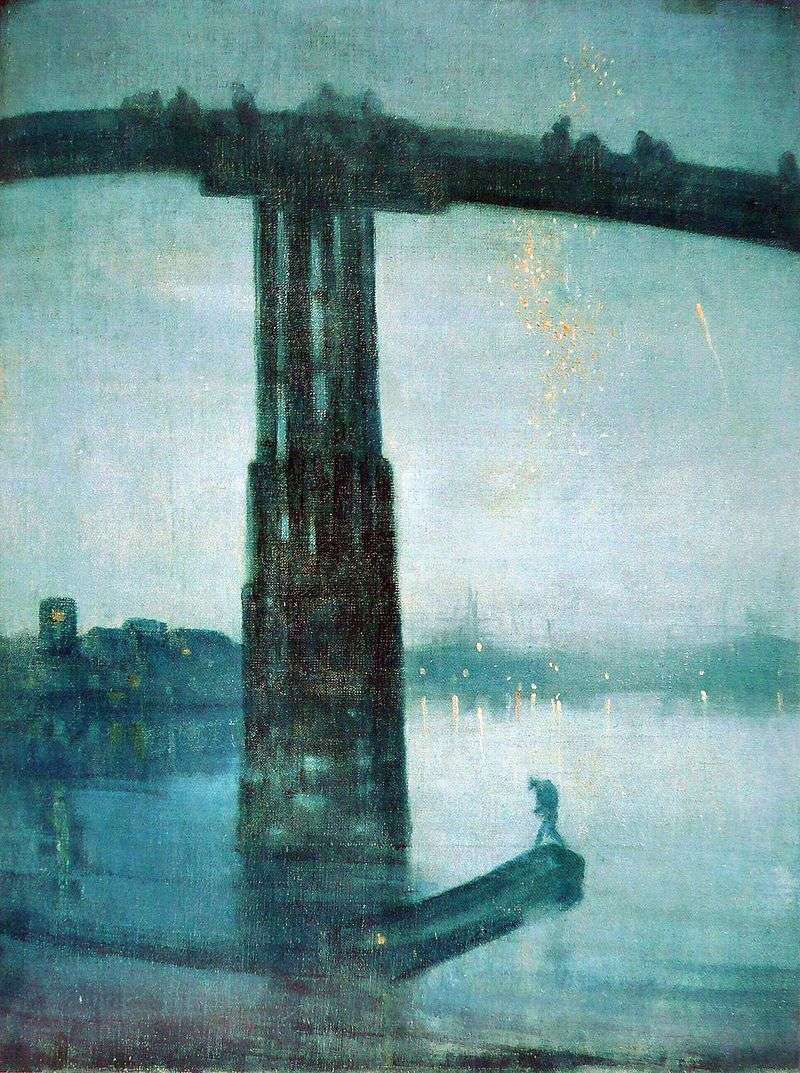
First Whistler called this picture “Nocturne in Blue and Silver No. 5”. This original name is meaningful. First, it emphasizes the role that the artist assigned to the color scheme.
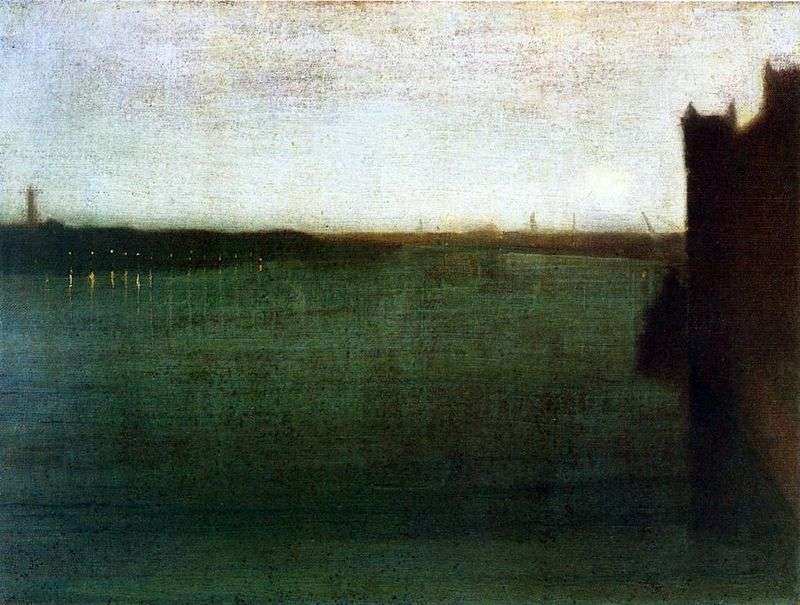
This work belongs to a series of “Nocturnes”, created by Whistler in the 1870s. The picture is somewhat similar in style and impressionism, and symbolism, but this similarity, by and
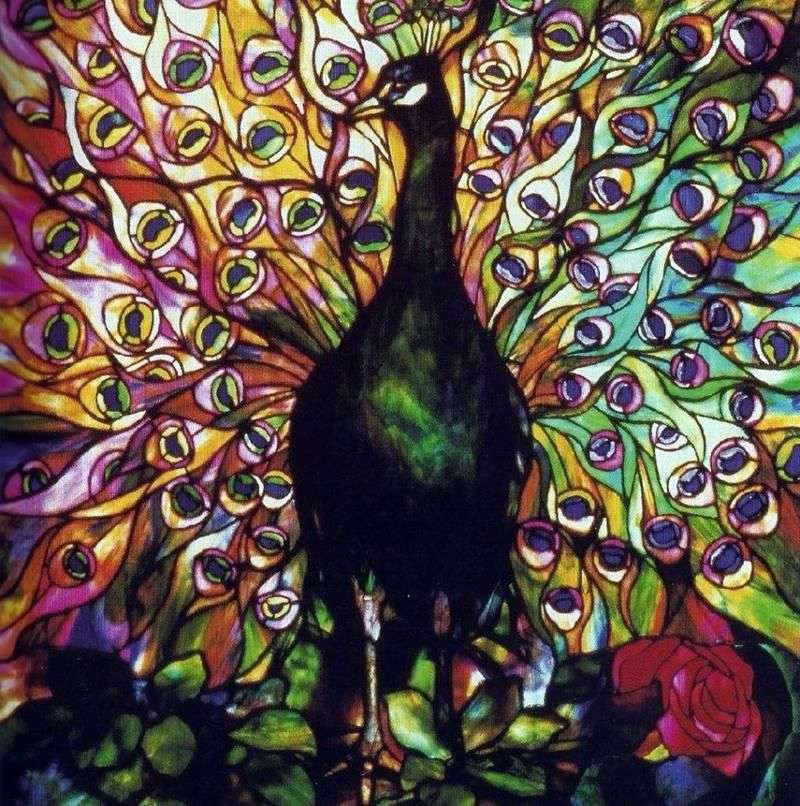
At the end of the XIX century, images of peacocks appear in many works of art. So Anglo-American artist James McNeill Whistler in 1876 wrote peacocks on the walls of
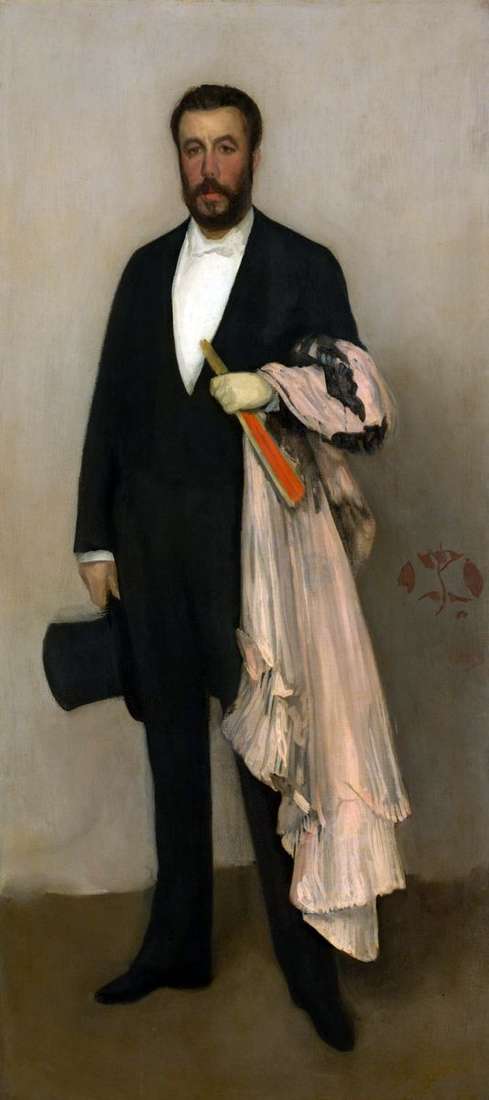
Theodore Dure – personality, in many respects remarkable. It was one of the few art critics who from the very beginning understood and appreciated the works of the Impressionists. With
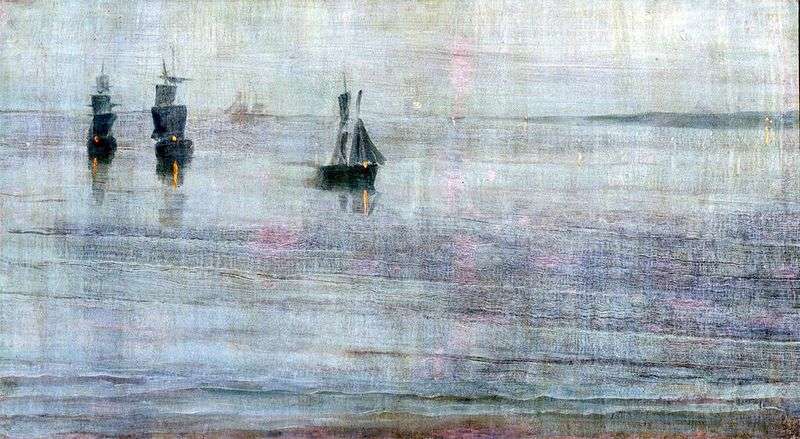
“Le Solent” is the name of the ship in which Whistler returned from South America in 1886. What prompted the artist to travel across the Atlantic – is unknown. Perhaps
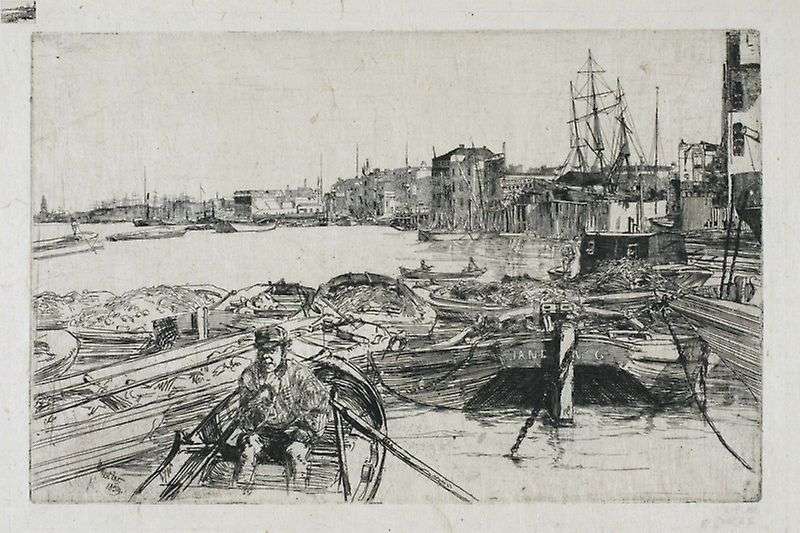
Many art critics believe that the best works of Whistler are his engravings. He really was an outstanding master of this genre, yielding, perhaps, only to the great Rembrandt. Even
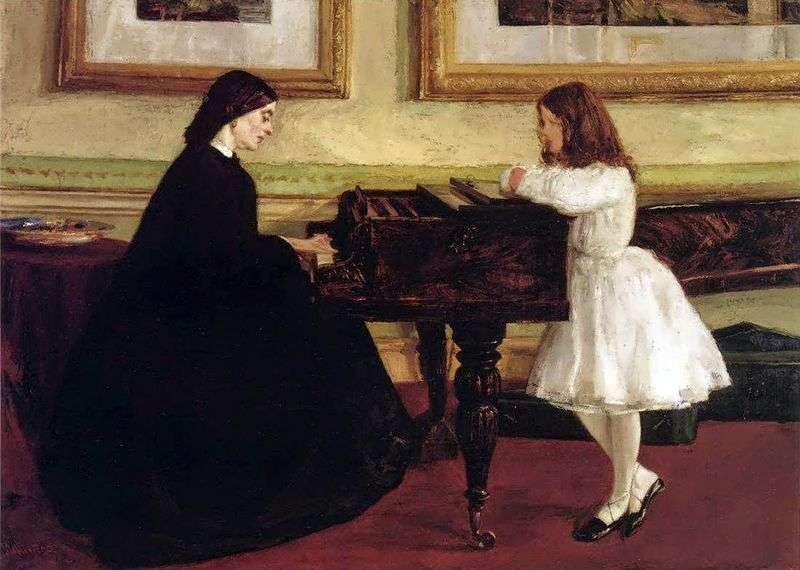
“At the piano” – the first big picture of Whistler, work on which was begun in London in November 1858, and finished next spring. In the painting we see the
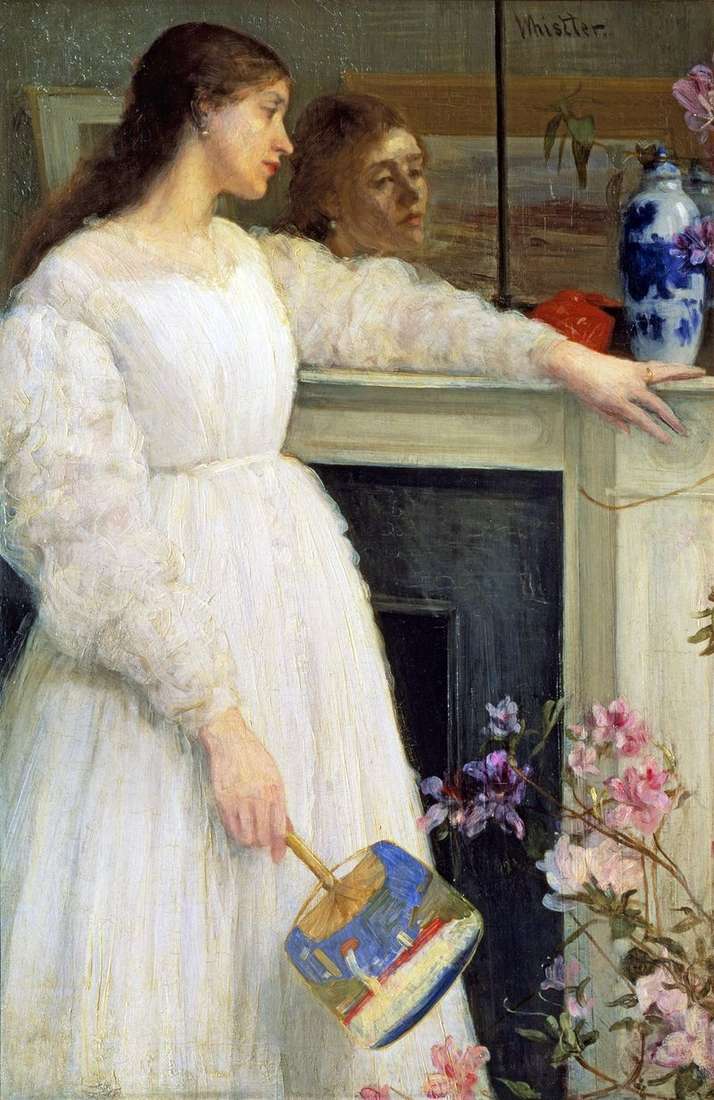
In Whistler’s painting Symphony in White No. 2, there are echoes of Japanese culture. However, the porcelain service, fan and pink flowers, reminiscent of cherry blossoms, are here only details,
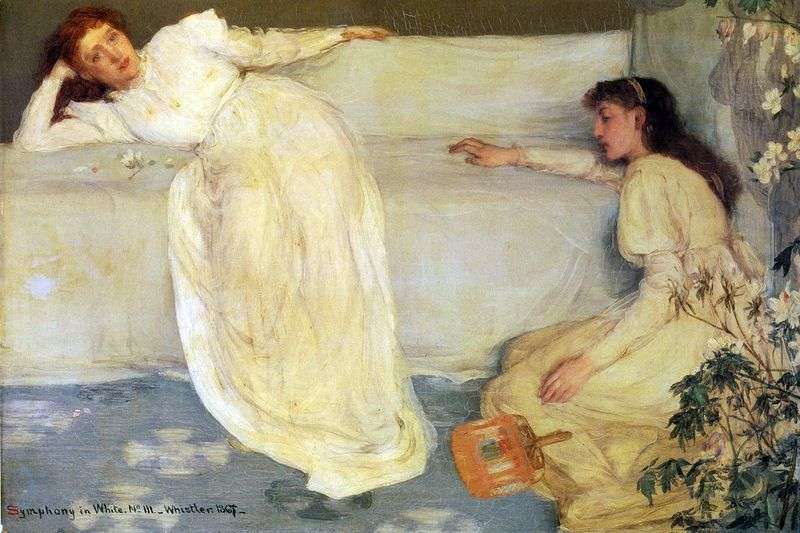
The artist began work on this painting in 1865, but finished it only two years later, after his return from South America. During these two years, in the creative manner
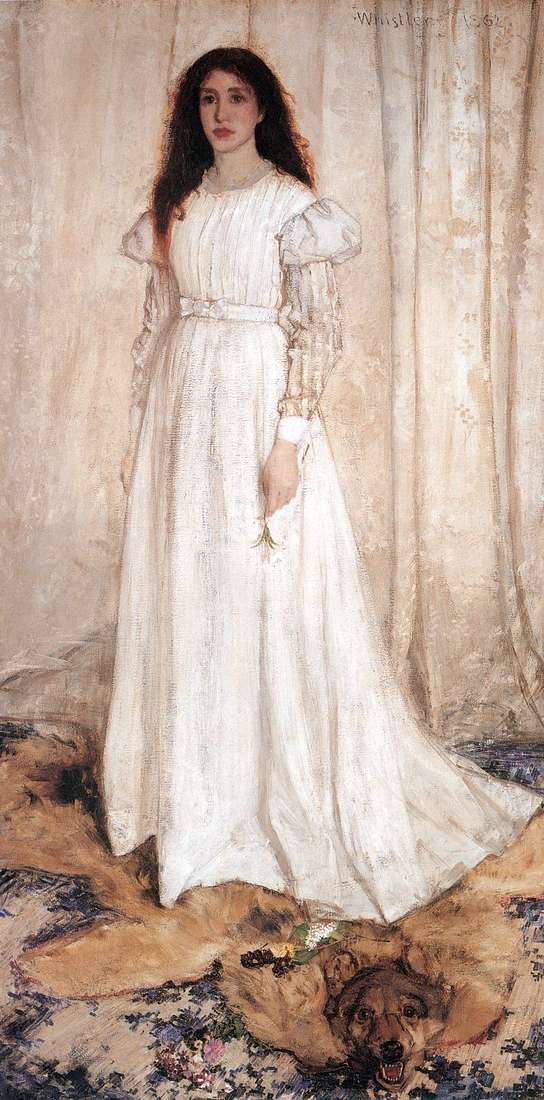
American artist James Whistler, like the impressionists, wanted to capture on canvas that subtle and so beautiful moment with which the real world is so rich. Sharing the doctrine of
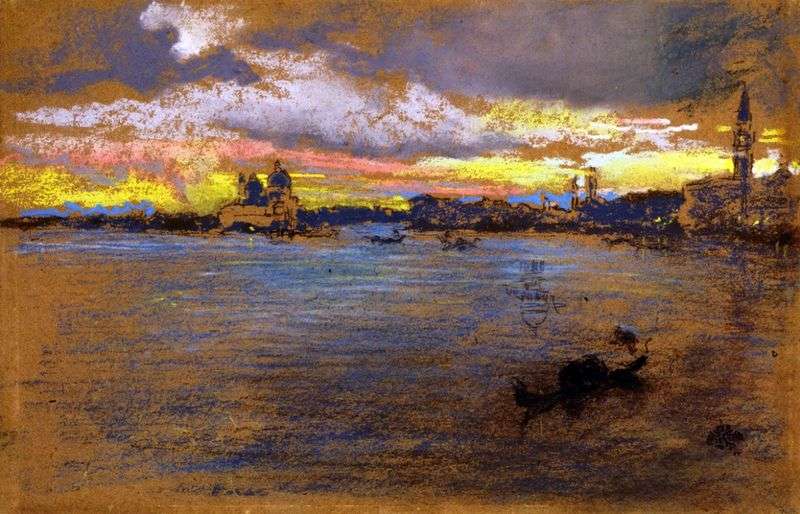
Whistler worked in a variety of techniques. In addition to oil paintings and engravings, he created a large number of lithographs, watercolors and pastels. It was the pastel that proved